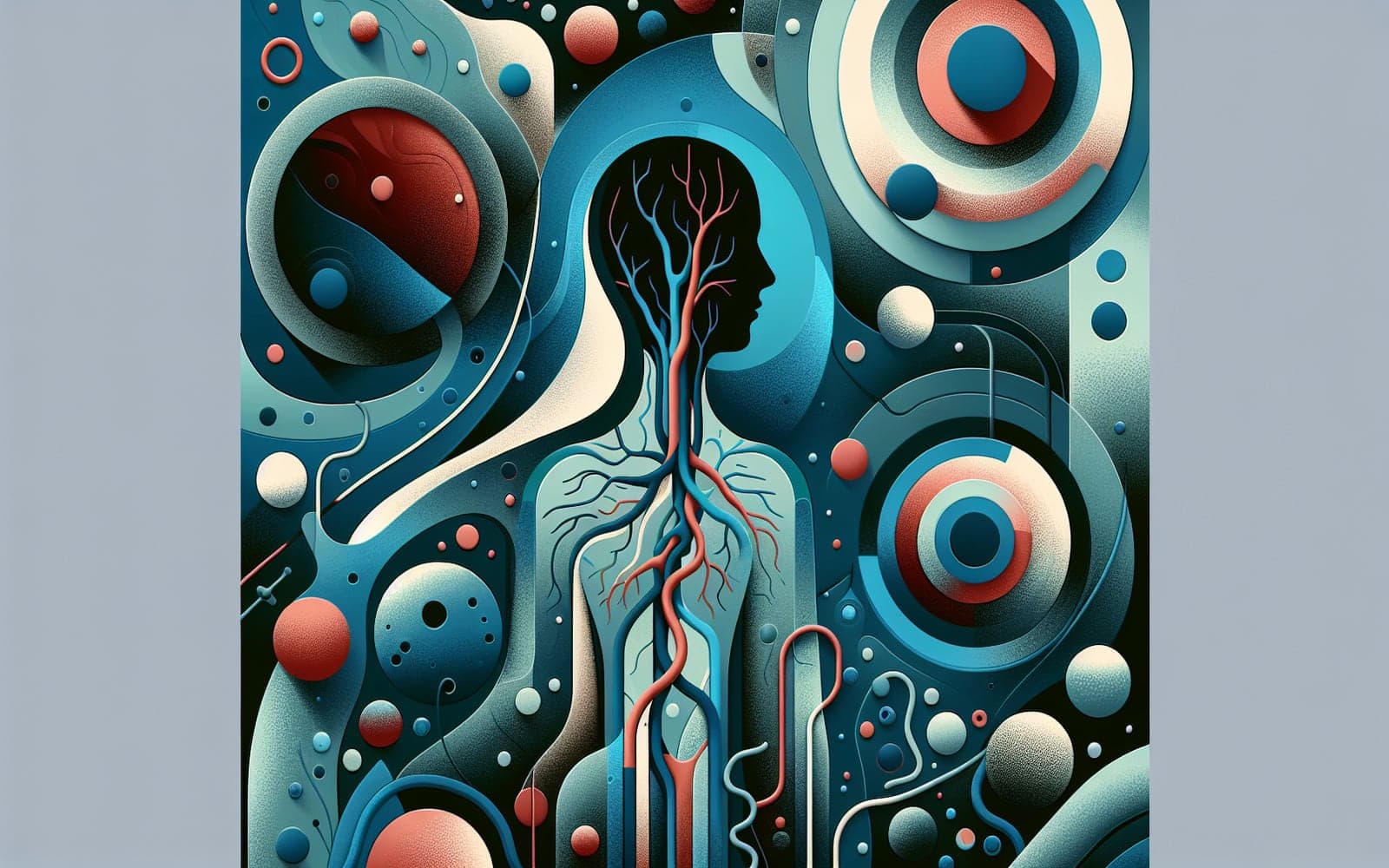What Causes Venous Thrombosis? Unveiling the Mystery
Published: Aug 06, 2024

Medically reviewed by Michelina Stoddard | MD, Ph.D, Joan & Sanford I. Weill Medical College of Cornelle University - San Antonio, Texas on August 6th, 2024.
Venous thrombosis is a condition that can lead to serious health complications, but understanding its causes can help in preventing it. This article breaks down the hereditary and acquired causes of venous thrombosis in a way that's easy to understand.
Contents
Hereditary Factors: Born with a Risk
Some people are born with genetic factors that increase their risk of venous thrombosis. The most common hereditary causes include mutations in the Factor V Leiden and prothrombin genes, which account for 50% to 60% of cases. Other genetic deficiencies like protein S, protein C, and antithrombin deficiencies also contribute to an increased risk.
Acquired Factors: Risks You Can Control
Acquired risk factors for venous thrombosis are conditions or behaviors that increase your risk after birth. These include recent surgeries, immobility, cancer, pregnancy, and the use of oral contraceptives. Lifestyle changes and medical interventions can help manage these risks to prevent thrombosis.

The Role of Virchow's Triad
Virchow's Triad explains the mechanism behind venous thrombosis, involving stasis (slowed blood flow), endothelial injury (damage to blood vessels), and hypercoagulability (increased tendency to clot). Understanding these components helps in identifying and managing risk factors effectively.
Frequently Asked Questions
Factor V Leiden mutation is the most common genetic cause.
Yes, managing lifestyle factors like exercise and diet can help.
It describes the three main factors contributing to thrombosis: stasis, endothelial injury, and hypercoagulability.
Yes, they are an acquired risk factor for venous thrombosis.
Key Takeaways
Understanding both hereditary and acquired causes is key to preventing venous thrombosis.
Talk to Doctronic to learn more about your risks and how to manage them.Related Articles
References
Lijfering WM, Rosendaal FR, Cannegieter SC. Risk factors for venous thrombosis - current understanding from an epidemiological point of view. Br J Haematol 2010; 149:824.
Goldhaber SZ. Risk factors for venous thromboembolism. J Am Coll Cardiol 2010; 56:1.
This article has been reviewed for accuracy by one of the licensed medical doctors working for Doctronic. Always discuss health information with your healthcare provider.

